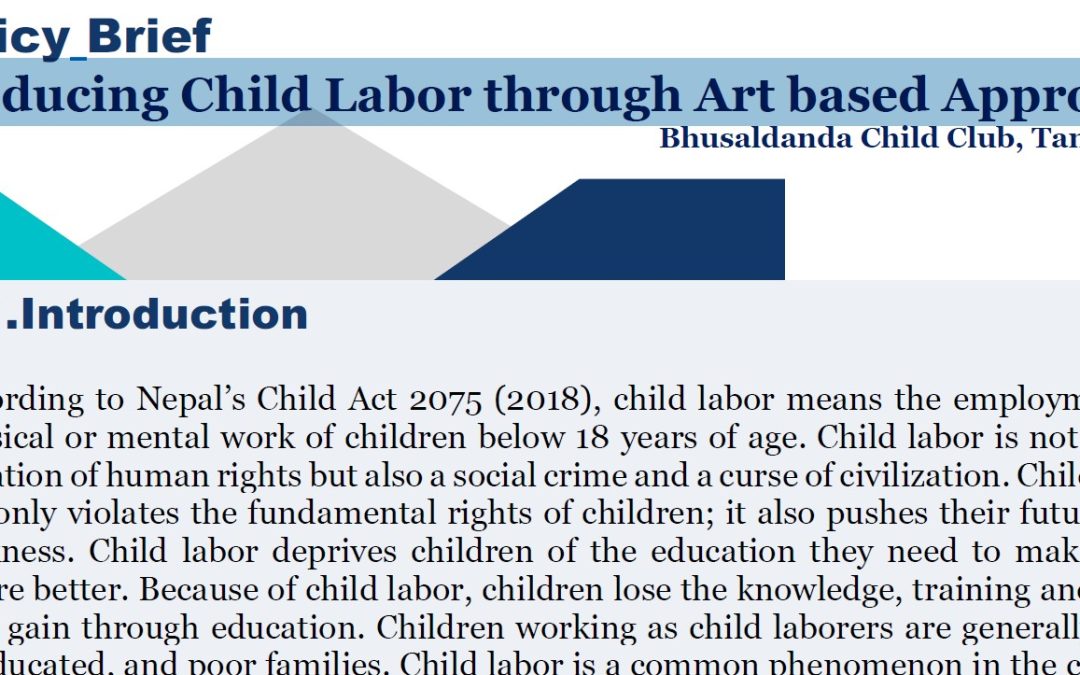
Policy Brief – Reducing Child Labour through Art based Approaches
According to Nepal’s Child Act 2075 (2018), child labour means the employment in physical or mental work of children below 18 years of age. Child labour is not only a violation of human rights but also a social crime and a curse of civilization. Child labour not only violates the fundamental rights of children; it also pushes their future into darkness. Child labour deprives children of the education they need to make their future better. Because of child labour, children lose the knowledge, training and skills they gain through education. Children working as child labourers are generally from uneducated, and poor families. Child labour is a common phenomenon in the country and is also considered a part of the socialization process (CBS 2011a). It is deeply rooted in the society with little concerns about its deleterious effects on children’s schooling and future productivity.

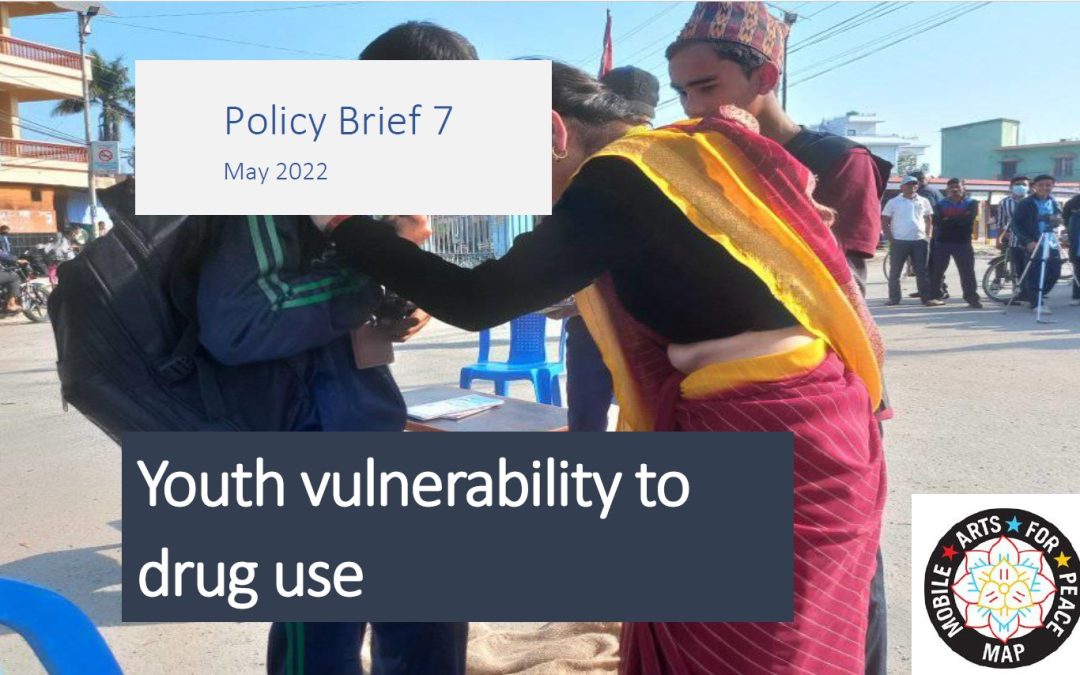
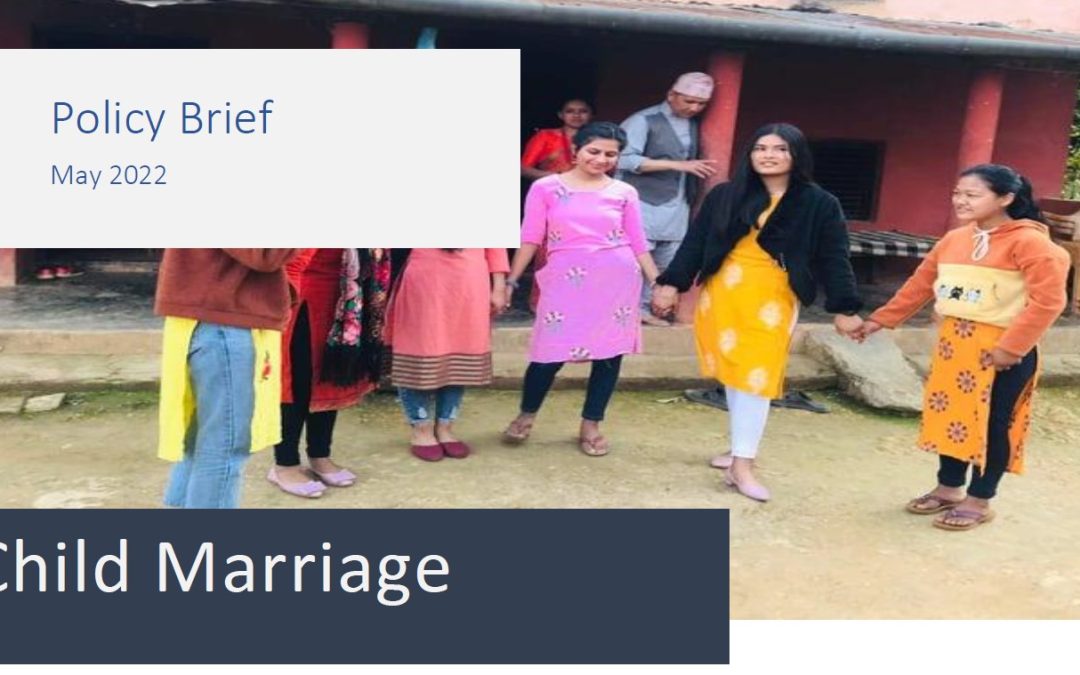
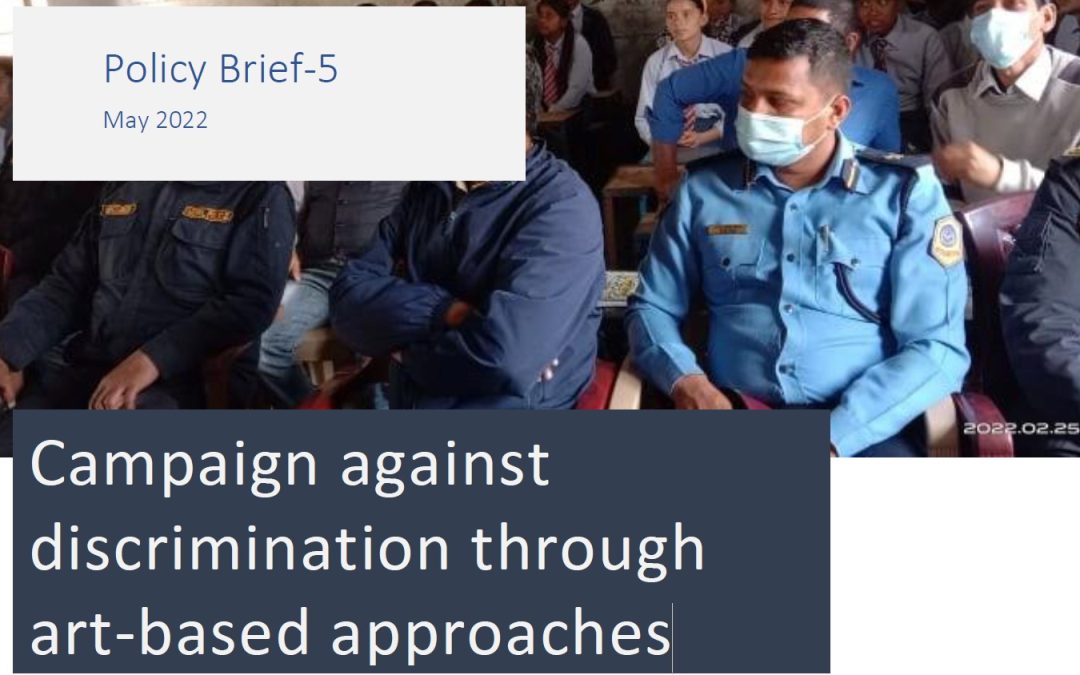
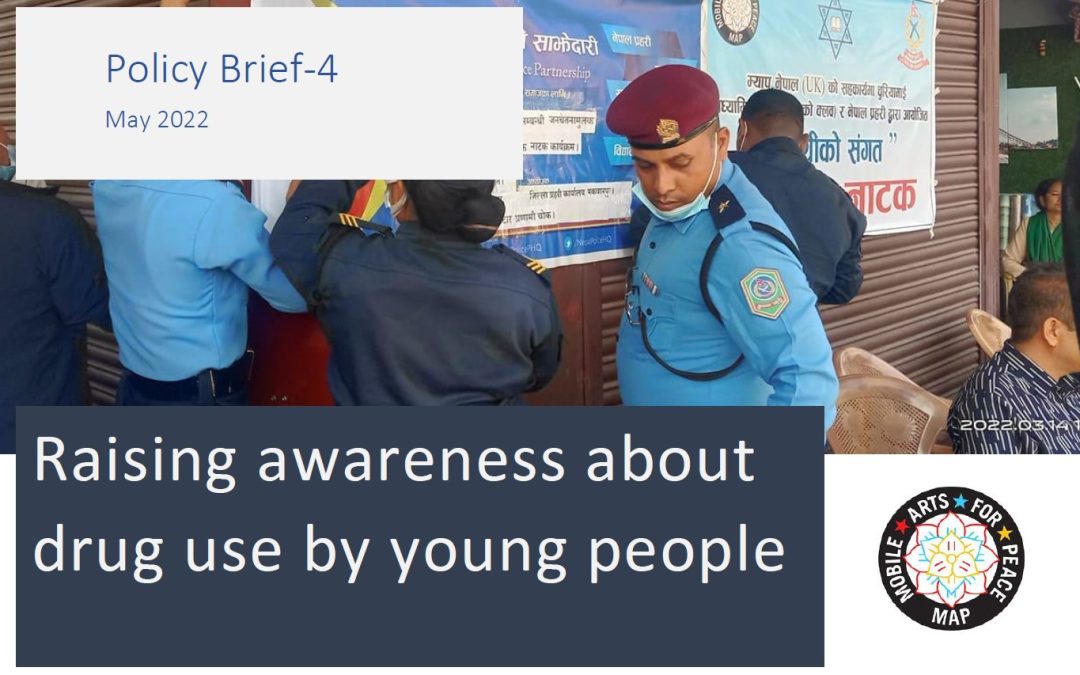
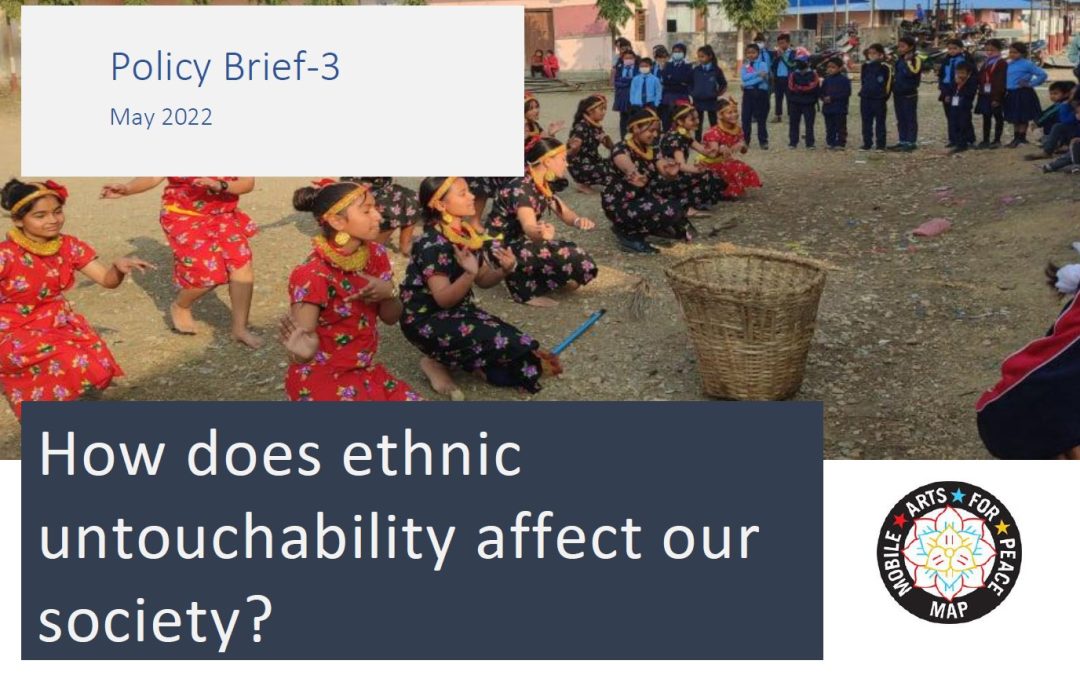
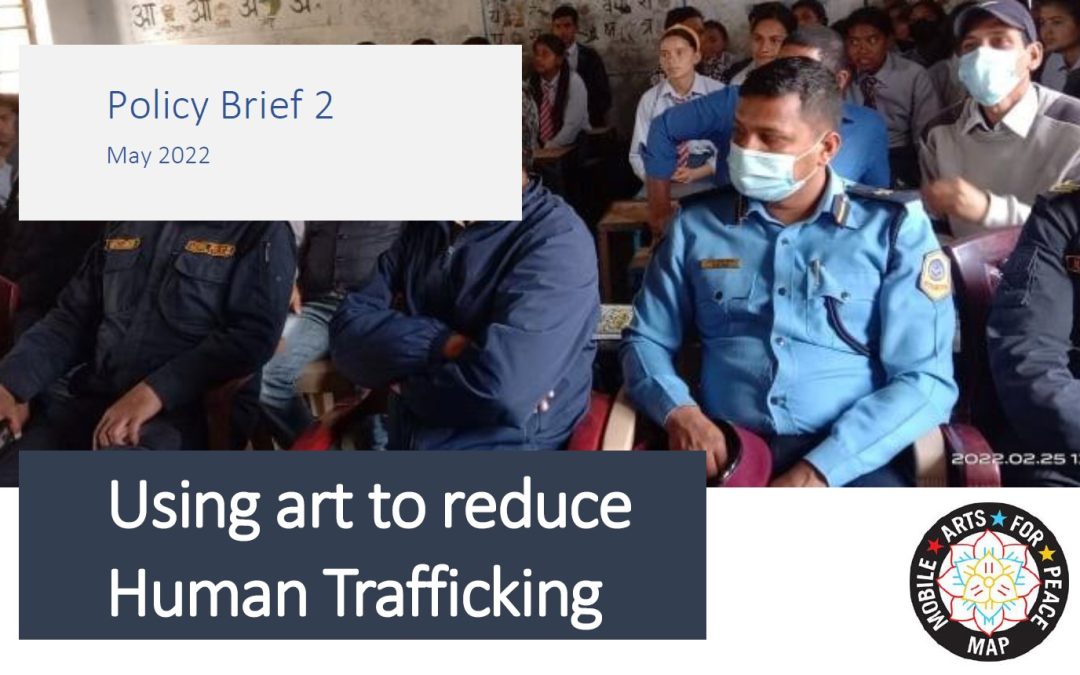
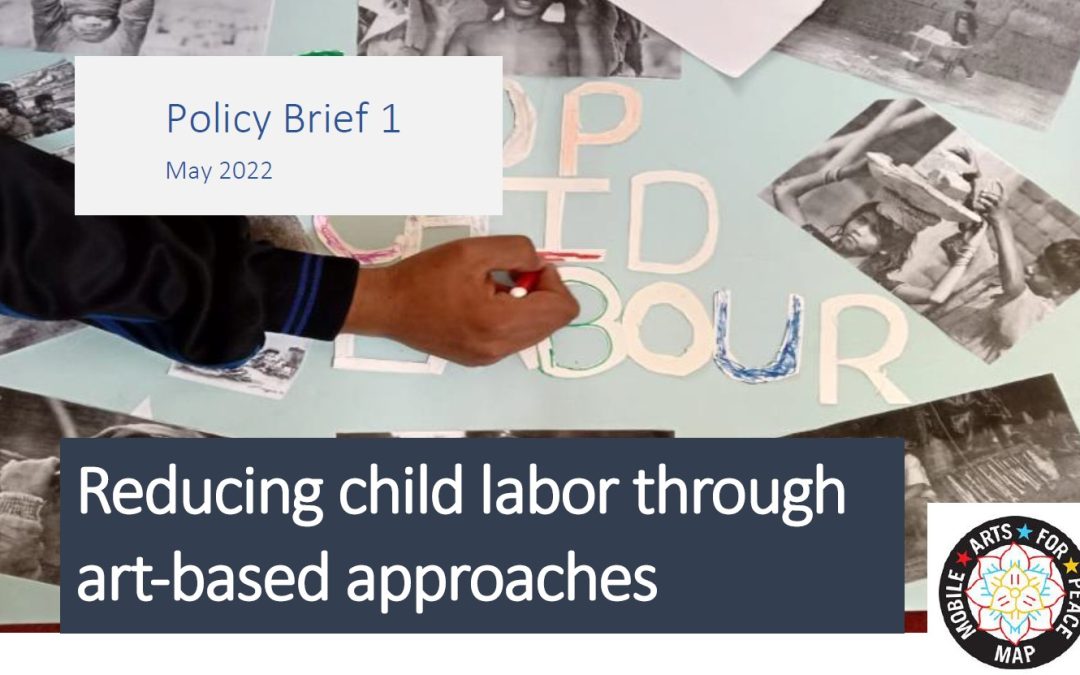
Recent Comments